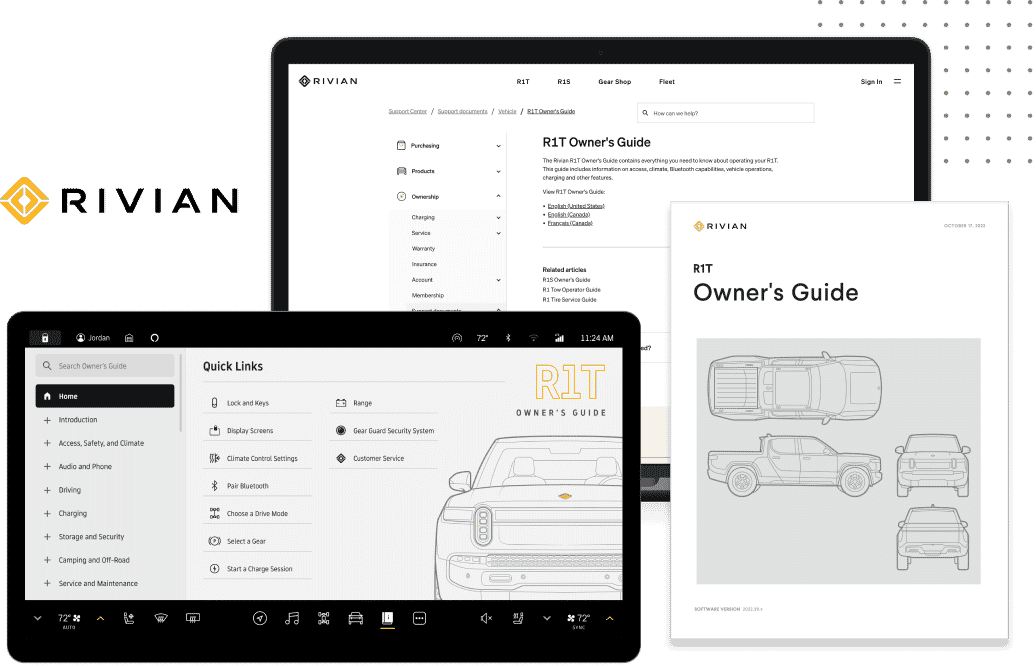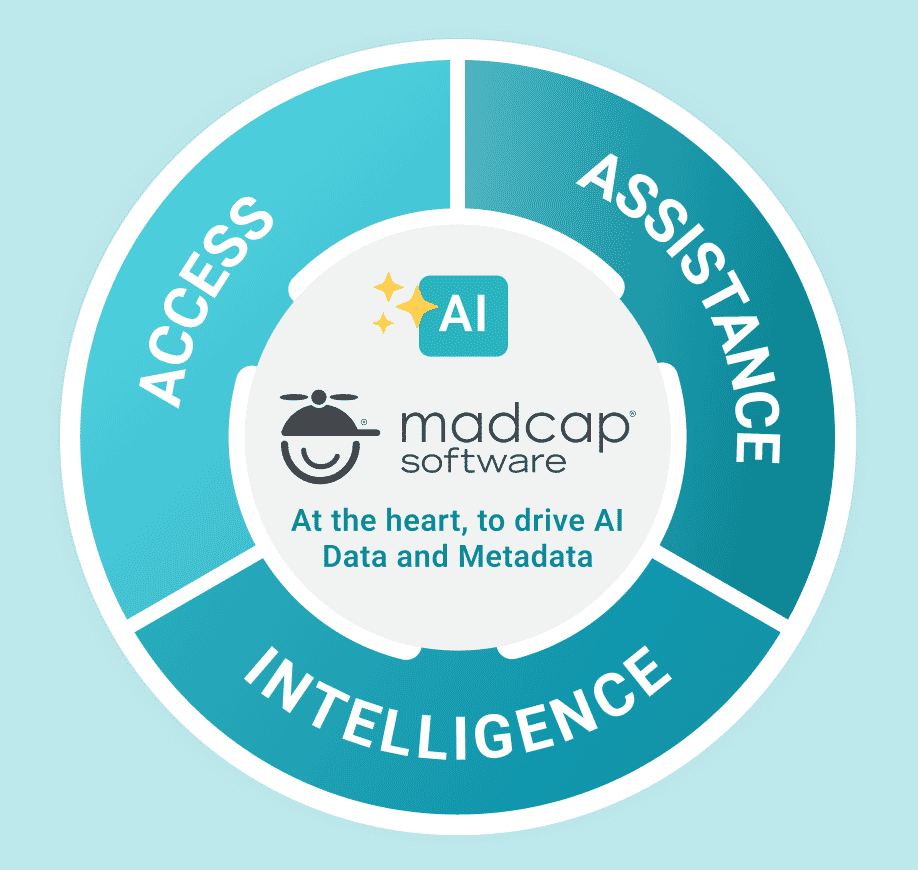The success of AI starts with your content, not with algorithms. And structuring content for AI is the first step. Structured content transforms information from static text to modular, machine-readable assets. By organizing content into predictable, reusable components enriched with metadata, it is understandable to both humans and machines.
The payoff is accurate search results, automated delivery, and AI tools like chatbots will finally deliver clean, reliable answers. But here’s the challenge: according to RAND, 80% of AI projects fail. Nearly twice the already-high rate of failure of information technology projects that do not involve AI.
The issue isn’t lack of ambition, it’s disorganized content. Siloed, outdated, and inconsistent knowledge undermines even the most advanced technology. Structured content turns chaos into an asset that fuels AI-driven transformation.
Watch the Webinar: Beyond Basic AI: How Structured Content Unlocks Next-level Intelligence
What is structured content?
Structured content is information broken into modular, reusable building blocks—like procedures, product descriptions, or policies—separated from formatting. Each block is enriched with metadata (audience, region, date, purpose), so both people and machines understand its meaning, context, and relationships.
Why does AI need structured content?
AI follows the principle of “garbage in, garbage out.” If fed with siloed, outdated, or inconsistent information, it produces unreliable results. Structured content ensures AI systems have clean, well-organized knowledge—reducing “hallucinations” and powering accurate search, chatbots, and automated delivery.
What are the three levels of structure?
- Semantic: What do the words mean?
- Relational: How do content pieces connect?
- Contextual: How does each piece fit into the bigger picture? Together with metadata, these levels make content intelligent and machine-readable.
How does structured content improve efficiency?
Updating a single block automatically updates every course, guide, or manual where it appears. This eliminates rework, speeds up localization, and allows teams to collaborate without copy-paste chaos.
How does it ensure consistency and quality?
Structured content creates a single source of truth. It enforces governance and standards so every version—across documentation, training, and marketing—is accurate, compliant, and brand-consistent.
Can structured content personalize user experiences?
Yes. Modular building blocks let teams assemble tailored courses, manuals, or guides for different audiences. Content can be delivered across multiple channels—desktop, mobile, or print—ensuring the right message reaches the right person at the right time.
What role does metadata play?
Metadata adds context to content. Instead of just seeing just a paragraph, AI can identify it as a “safety procedure,” for an “expert audience,” last “updated on Sep 15, 2025.” This precision powers semantic search and AI-driven relevance.
What tools are needed for structured content?
A Component Content Management System (CCMS), such as MadCap IXIA, provides the framework for modular authoring, single-sourcing, reuse, and multi-channel publishing.
MadCap Create is an enterprise Component Content Management System (CCMS) that centralizes content creation, management, and publishing. It enables teams to collaborate efficiently, reuse content across projects, and deliver consistent, multi-channel outputs at scale.
How do you implement a structured content strategy?
- Adopt the right tools for structured authoring and publishing.
- Define governance with content models, metadata taxonomies, and authoring standards.
- Leverage AI to analyze legacy content and accelerate structure, with human oversight to ensure quality.
What are the business benefits?
- Efficiency & Scalability: Faster updates and localization.
- Quality & Consistency: A single source of truth across all channels.
- Personalization: Tailored experiences for specific audiences.
- AI-Readiness: Content becomes clean, searchable fuel for advanced AI.
Watch this webinar and discover how to turn knowledge chaos into competitive advantage with structured content.
Want to see what this looks like in practice? Ask us for a real-world walk-through of how teams like yours manage content smarter—without adding more tools to the stack.







